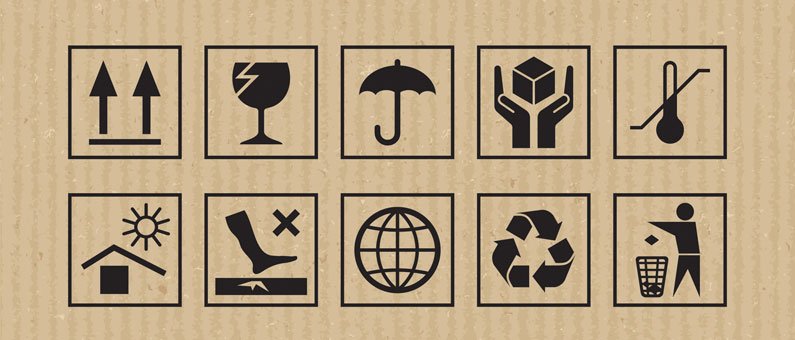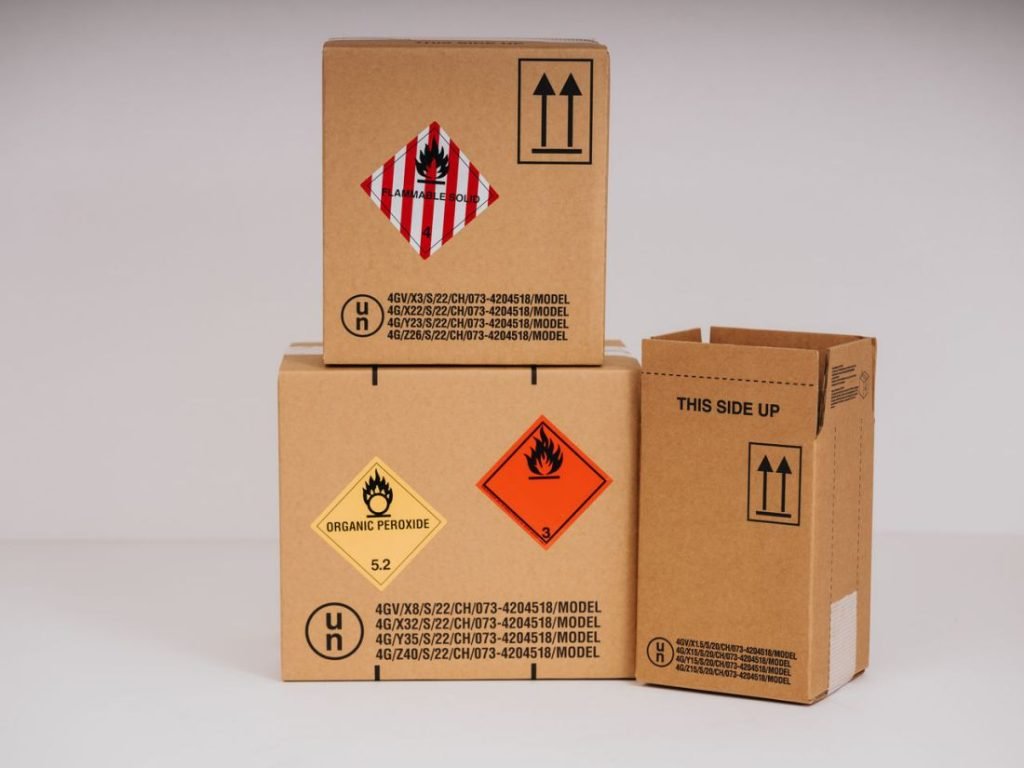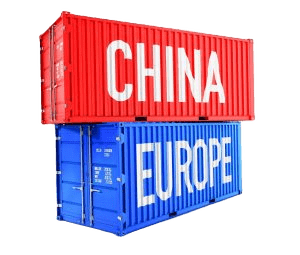Shipment marks are used to clearly advise the personnel handling your products what to expect and how to manage them when they pick them up. In the United Kingdom, the markings can also be used to identify distinct products inside a single shipment.
When shipping, make sure your cartons are appropriately labeled. Shipping marks are instructions for those who will be handling your items. Before your product’s handling staff touches a box, they should be aware of the contents. How heavy will it be, is it fragile, and do the contents have to stay a specific way up?
Remember that your products are in boxes, so people will not know what they are or what measures must be taken when moving them. Handlers must be able to recognize the type of product they are handling and what safety and efficiency precautions must be taken.
Not only are carton marks and labels used for handling, but they are also utilized for identification and to keep consignments together. If your goods do not fill a container, they must be easily identified. That is why carton stamps are so vital in LCL shipping.

LCL Shipment Marks
Shipping marks are details printed on cartons by your supplier that may include your company name, their company name, the items, color, weight, and measurements. Some companies add more data than others, so let your supplier know if you need more specifics to differentiate your items before opening the cartons.
Your items will be packaged into a shared container when shipping via less than container load (LCL). Although this is a cost-effective method of transportation, the fact that so many people’s products are in one shared container can cause misunderstanding (if your supplier hasn’t clearly wrapped and labeled your goods).
Most goods imported from China are not palletised in transportation, therefore your goods will arrive in loose boxes. Consider if ten enterprises in a shared container each had 50 loose cartons – and keep in mind that all cartons normally appear very similar. Can’t you see where this gets confusing?
But don’t panic; as long as your goods are properly labeled with the appropriate shipping labels, they will be easy to separate when the container is unloaded. Today’s post will explain what those shipping marks are and how to check to see if your supplier has utilized them.

How Shipping Marks Can Help You
Shipping labels are included for your convenience. They clearly designate and separate all of your merchandise, making it easy to find and unpack.
For example, if you have a 300-carton order with 5 color variations, your supplier may ensure that these variances are reflected in the labeling. This saves a lot of time and effort searching through cartons looking for a specific product. So, if you want a medium green T-shirt, you may look at the labels to see which box has the Green T-Shirts and in what size.
Similarly, if you employ a fulfillment warehouse to fulfill your orders, clearly labeling your cartons allows the warehouse to effectively unpack and deliver your items.
How to Label Cartons for Transport
People use many shipping markers in their cartons, however the following are the ones we recommend:
Carton number: [for example, 1 of x, 2 of x, 3 of x, and so on.]
Carton dimensions: [inches]
[in kg] Net Weight:
[in kg] Gross Weight
In addition, it’s generally a good idea to request that your firm name be printed on the boxes. You can additionally request that the quantity of items inside (and type of item if you’re delivering a variety of colors or sizes) or anything else that may be useful to you upon arrival be written on the boxes.
Infographic on Shipping Marks and Carton Labeling

Handling Marks and Their Interpretation
Instead of text, employ symbols for safety and transit-related marking; these are globally recognized. while sending goods overseas, it’s extremely probable that they’ll come into contact with people who don’t understand the language your markings are written in, therefore employing symbols to indicate the conditions things must be kept in while shipped is critical.
Here are some of the most common shipping symbols and what they mean:

Amazon FBA Marking
If your items are being shipped directly to Amazon FBA (which we can easily arrange for you), additional labels must be placed on the cartons. We strongly advise you to have your supplier install the Amazon carton labels to avoid any additional charges or hassles in the UK. This is due to Amazon’s stringent packaging and labeling requirements for warehouse acceptance.
If you’re shipping to Amazon FBA and want to know how to package your products, check out our Guide to Amazon FBA Packaging and Labeling Requirements.
It is not necessary to include any carton labels if they cover the Shipping or Handling marks.
Dangerous Goods Markings
If you are exporting any of the nine types of dangerous items, you must ensure that your cartons are suitably labeled with the hazard symbols. This is due to the fact that risky items (things that are harmful in transportation) must be handled with caution. Transport conditions might induce reactions that make these types of goods unstable – not necessarily harmful products.
Hazardous commodities require regulated circumstances that are specific to their class’s needs, so it is critical that their boxes are marked so that those handling them can make the necessary arrangements.

Hopefully, you’ve learned more about shipping marks and why they’re such an important part of the shipping process from this post. Please contact us if you are shipping products worldwide and would appreciate some assistance (and discounts!) with sea or air freight.







